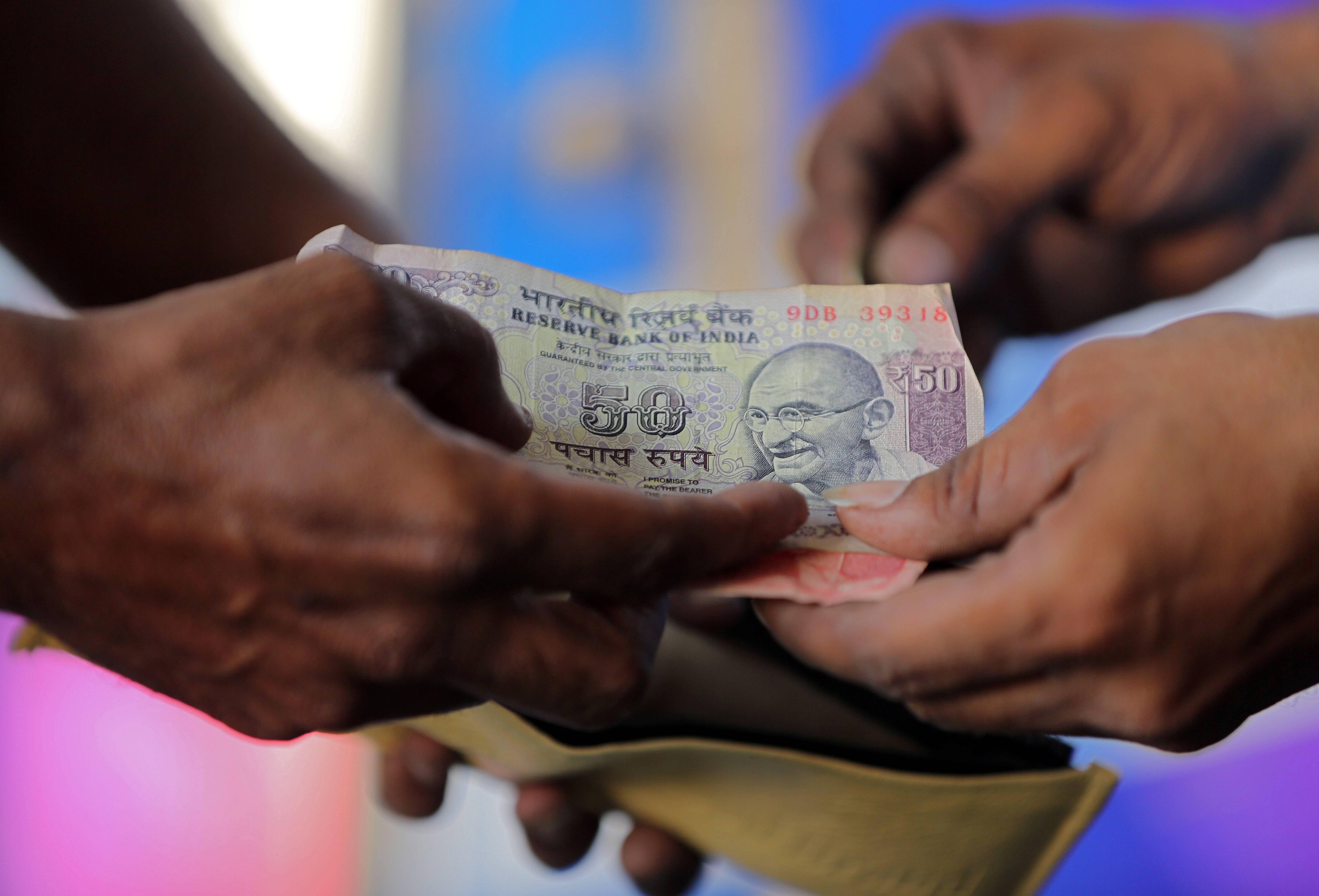The Indian Rupee, the official currency of India, experienced a period of relative calm in October. However, financial experts warn that this tranquility may not last, suggesting that the Reserve Bank of India’s (RBI) current strategy of defending the currency might become unsustainable.
Despite the ongoing demand for the dollar within the country and the outflow of equity, the rupee’s range remained narrow throughout the month. This stability was largely due to the RBI’s interventions in the foreign exchange market, which prevented the rupee from falling below its record low of 83.29.
Interestingly, even the rise in U.S. Treasury yields and the global risk aversion triggered by the military conflict in the Middle East did not significantly affect the rupee. Despite these global economic pressures, the rupee only weakened slightly, standing at 83.27 against the U.S. dollar.
However, bankers caution that the rupee’s calm run in October might not be repeated. Apurva Swarup, Vice President at Shinhan Bank India, opines that the current narrow range of the rupee is unlikely to hold. He suggests that the RBI’s strategy of defending the rupee might need to change, as it could prove unsustainable in the long term.
As the market’s volatility expectations for the rupee have decreased, market participants are being advised to brace themselves for potential increases in volatility. This indicates that the rupee’s calm run in October might have been a temporary phase, and the currency could face significant fluctuations in the future. This serves as a reminder of the dynamic nature of financial markets and the importance of being prepared for change.







